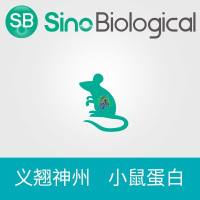In situ hybridization was first described in the late 1960s by Pardue and Gall (1 ), who hybridized mouse ribosomal DNA sequences to a mouse chromosome spread. The technique came into broader use with the description of DNA probes for various viral sequences, and in the late 1980s with the publications of Lichter and Ward (2 ), Pinkel et al. (3 ), and others (14 –7 ) on the use of fluorescence in situ hybridization (FISH) probes. To perform FISH, or an in situ hybridization technique, a DNA sequence is prepared with its thymidine tagged with a compound such as fluorescein (direct labeling), biotin, or digoxigenin to create a probe for a given sequence located on a specific chromosome. Both the probe and the fixed cellular DNA are denatured using a combination of heat and formamide, and allowed to renature together. The nonspecifically bound probe is removed, and the probe-cellular DNA complex is visualized directly, with a fluorochrome-labeled avidin or a fluorochrome-tagged antidigoxigenin. For general reviews of the technique, see refs . 8 -10.






